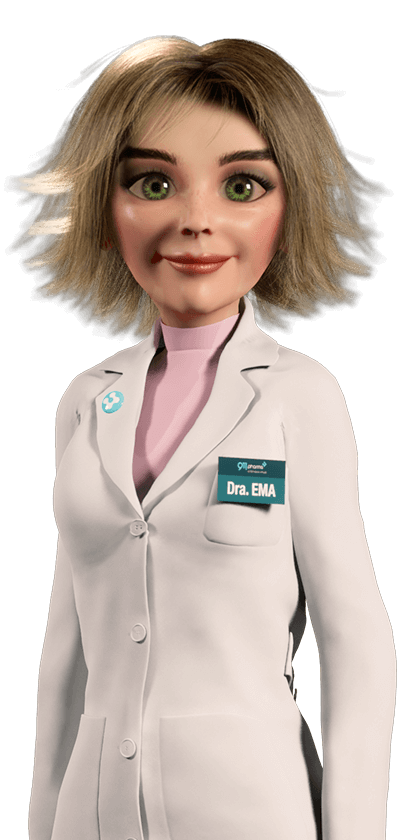Dermatology
Atopic dermatitis - Skin hydration is the key factor
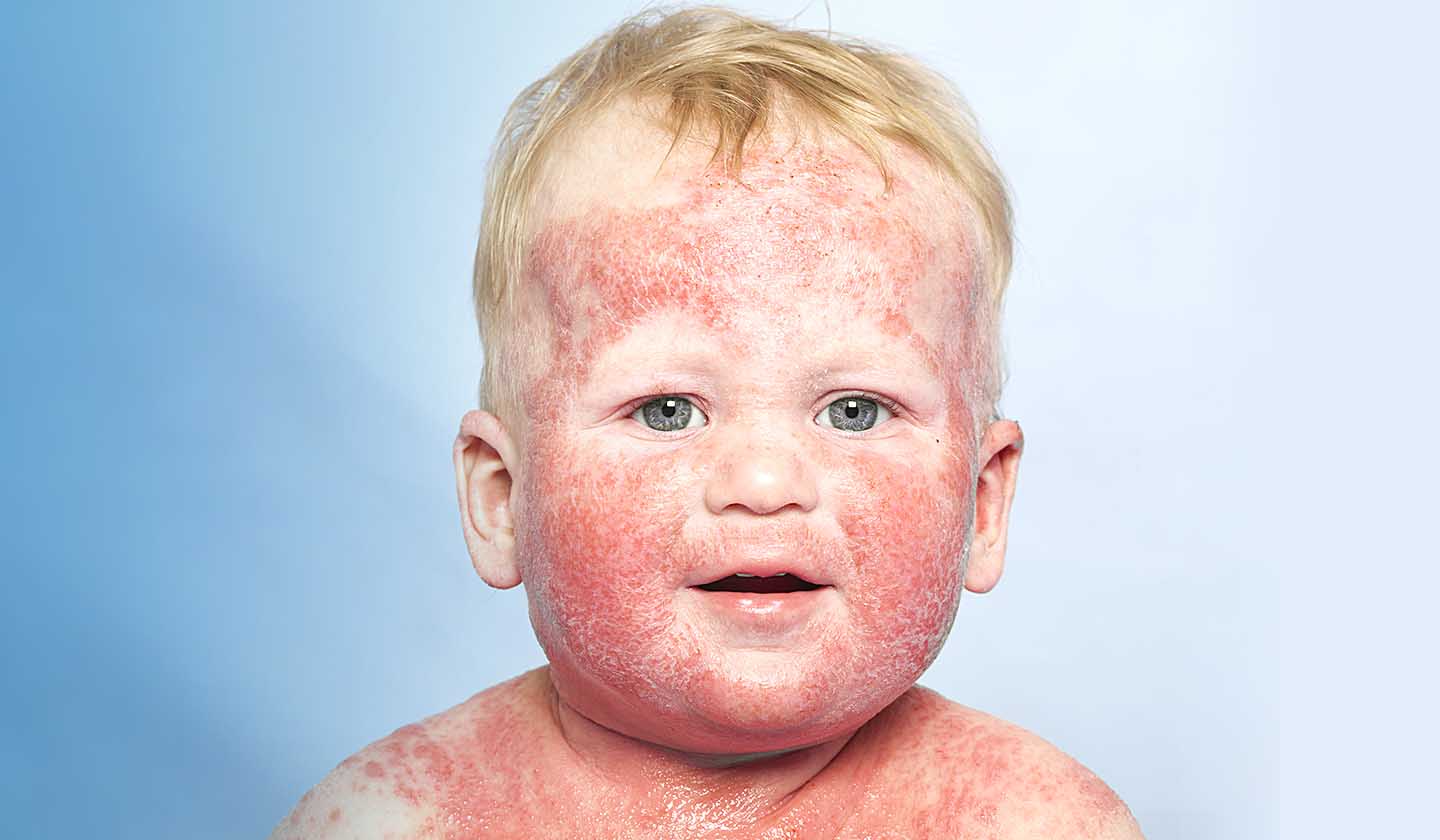
People suffering from atopic dermatitis have an extremely sensitive and reactive skin, which demands specific care.
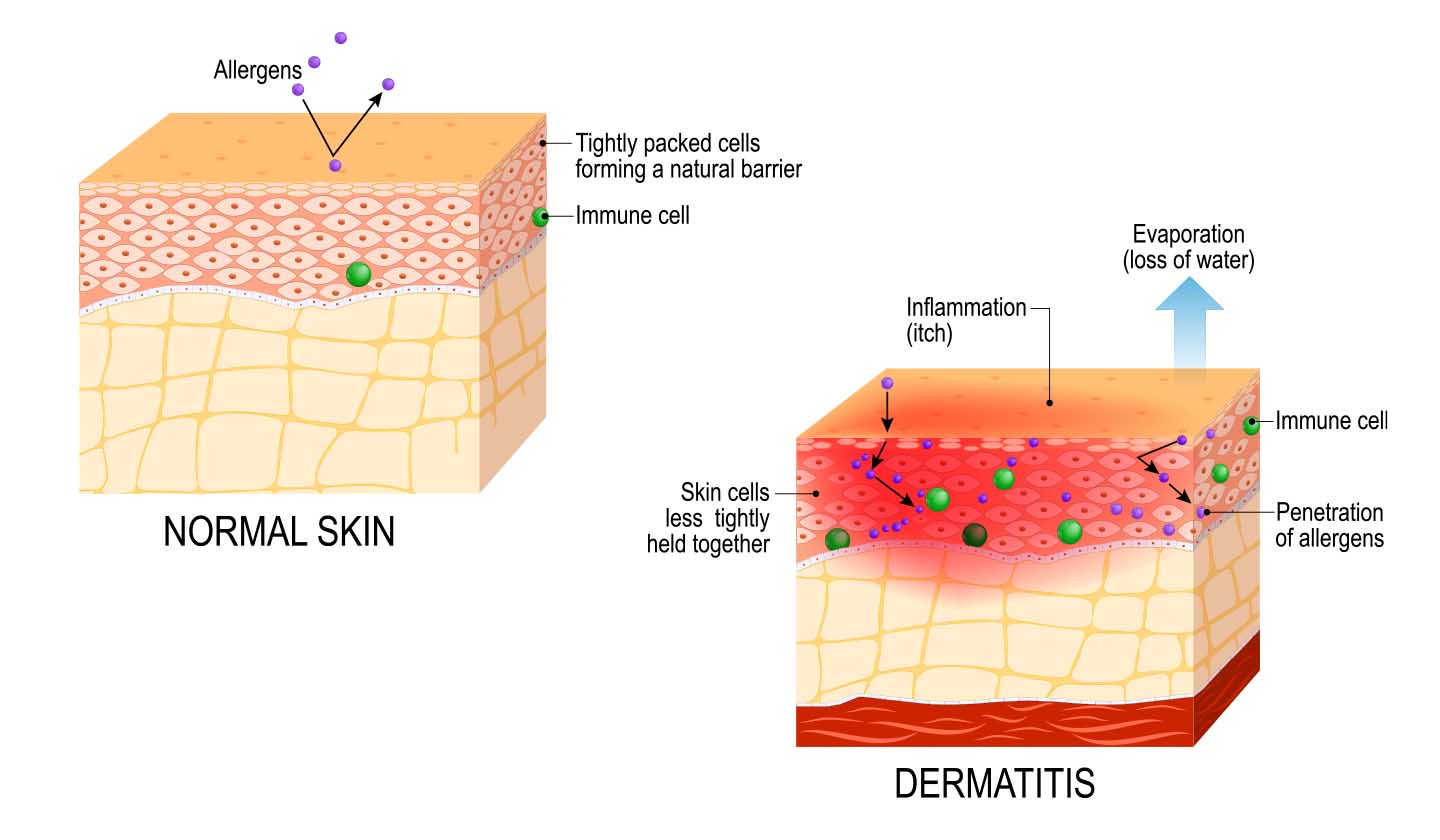
A delicate barrier
Atopic dermatitis usually breaks out during the first year of life. In most cases, asthma and/or allergic rhinitis can be observed throughout life in the patient or family, in addition to other skin symptoms. The tendency for this type of disease is called atopy.
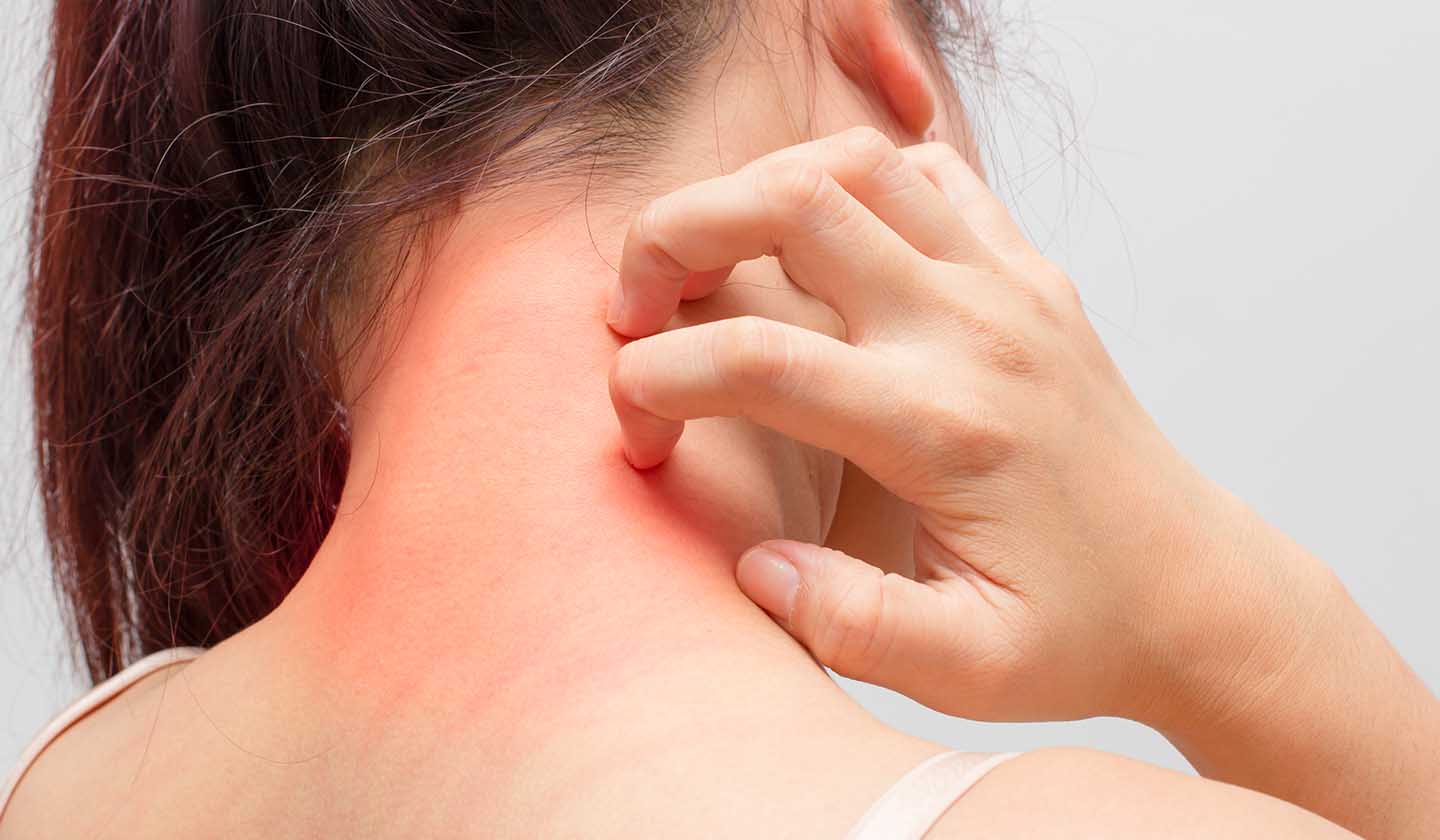
Signs and symptoms
The main symptoms are: dry skin, itching, redness, and scaling associated with irritation. Although the disease is chronic, it is not contagious.
This condition is common in children and the first symptoms appear on the scalp and face, especially on the cheeks. It tends to evolve with age towards flexion zones, such as inside the bend of the elbows and knees, neck, wrists, ankles and/or folds between the buttocks and legs. In adults, although rarer, lesions may appear, especially in the flexion areas, on the neck and on the face.
You tend to itch, but the more you itch, the more irritation increases and itchier you feel, making the skin more vulnerable to infectious agents, such as bacteria and viruses.
Atopic dermatitis evolves in cycles, with periods of calm that alternate with others of greater intensity, the symptoms of which may possibly be triggered by stress and exposure to environmental factors, such as extreme temperatures, pollution, or irritating products.
Many names, only one disease:
Atopic dermatitis, atopic eczema, or atopic dermatitis. These are only synonyms, different names for the same disease.
Stages of atopic dermatitis
- Acute - presence of exudate, vesicles, papules, and blisters;
- Subacute - serous lesions, redness, scaling and crusting;
- Chronic - cracking in the skin, scaling, dry skin, and erythema.
Gentle gestures
There are some precautions that help to relieve the symptoms:
1. Avoid irritating and triggering factors:
Try to identify the substances that trigger symptoms and avoid them;
- Avoid hot and prolonged baths;
- In your daily hygiene routine, avoid using irritating or very concentrated soaps;
- Gently dry your skin with a soft towel without rubbing;
- Try not to scratch the lesions and keep your nails short and smooth;
- Wear cotton clothes and wash them with detergent for sensitive skin, rinsing well to remove all debris;
- Avoid overheated and dry environments;
- Limit activities that make you sweat a lot;
- Try to manage stressful situations.
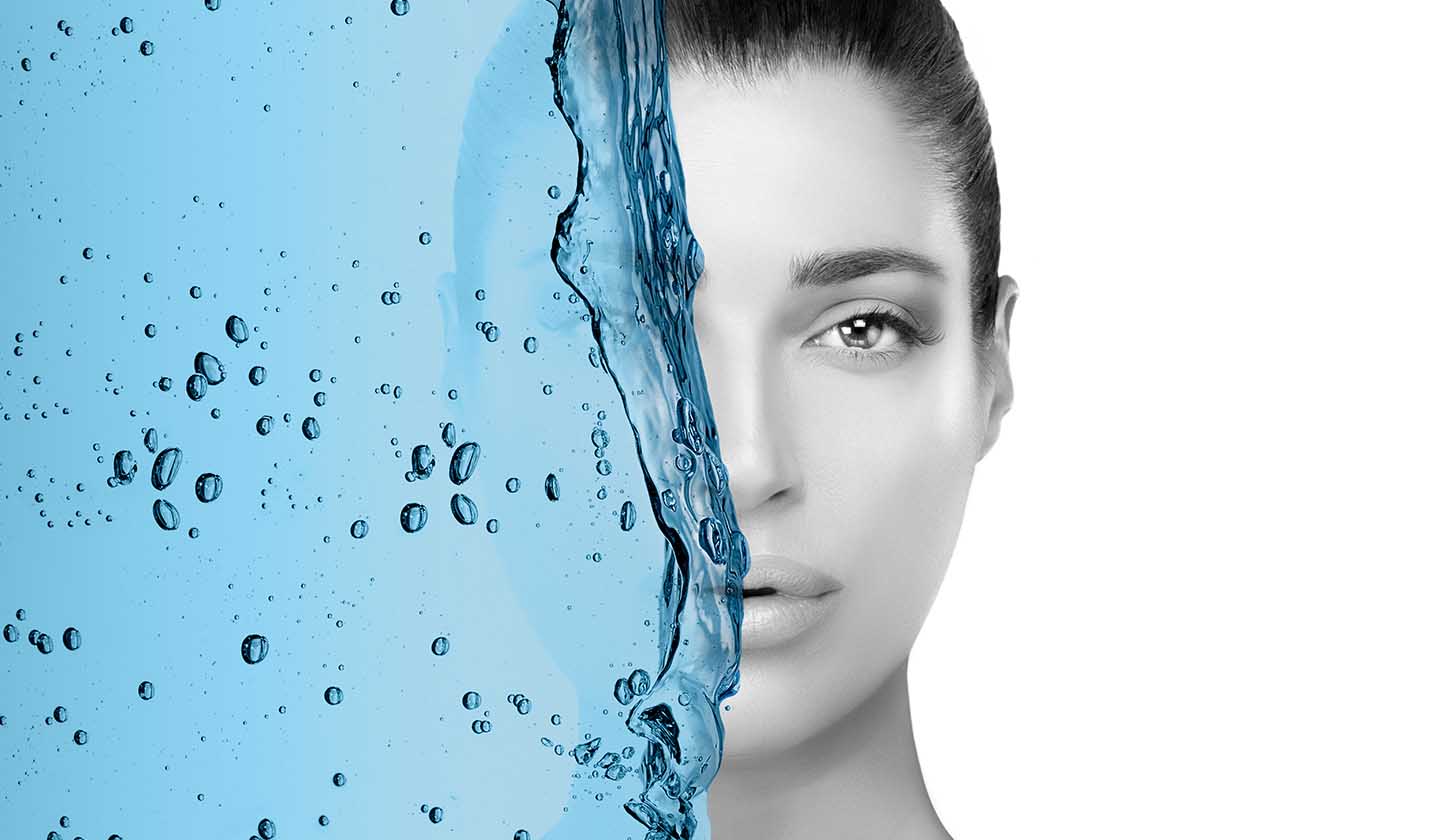
2. Keep your skin properly and continuously moisturised:
Hydration is an essential factor in the prevention and control of atopic dermatitis:
- Apply a moisturizer daily after the bath and, if possible, repeat the process throughout the day;
- Be sure to take care of your skin even after the lesions disappear;
- Choose hypoallergenic products.
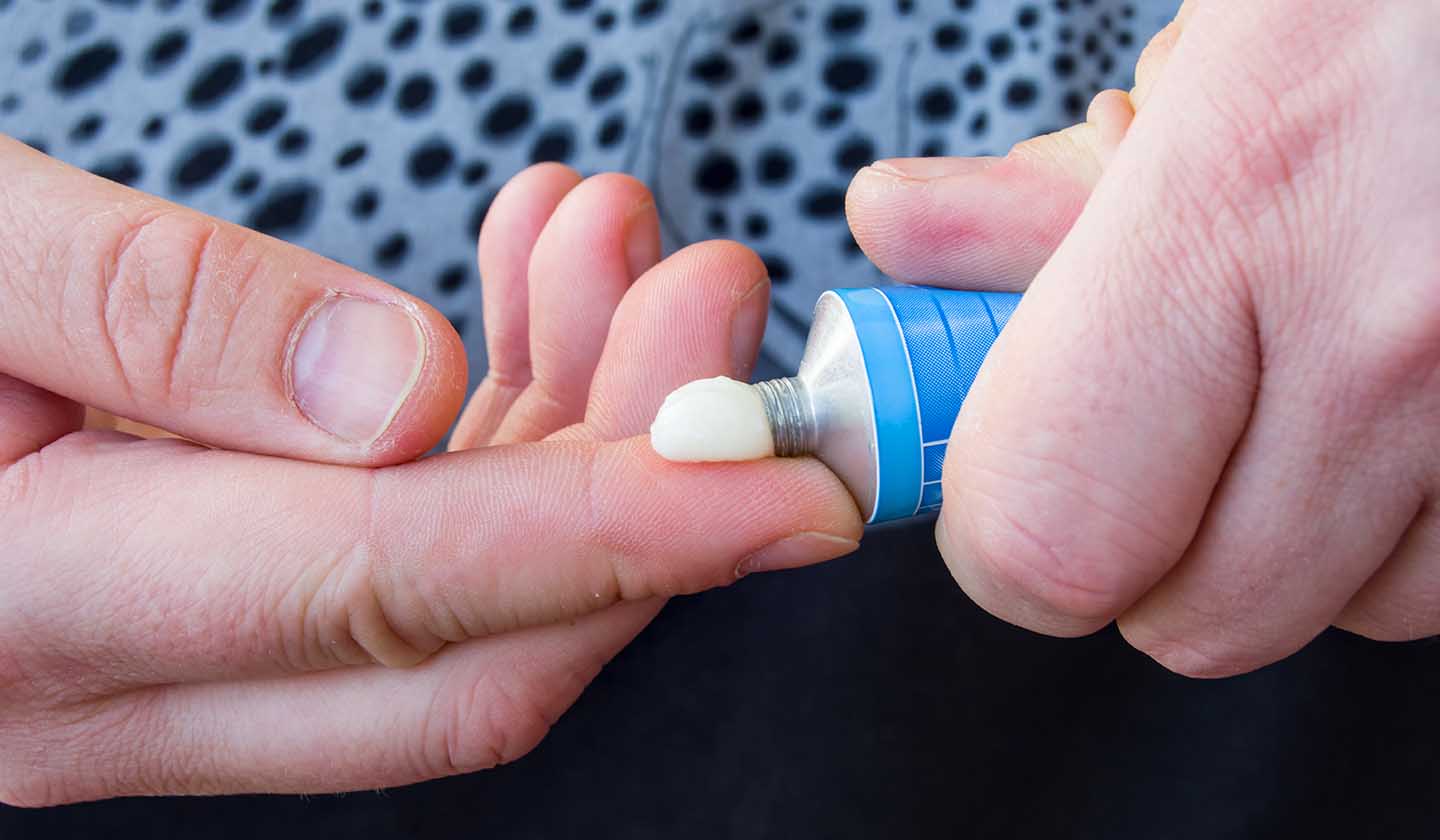
Products to use
- Products that act on itching and skin dryness - creams with dexpanthenol. Apply several times a day;
- Bath products without soap - soy oil, colloidal oats;
- Products used in the treatment of exudative skin in the acute phase - zinc oxide. Apply several times a day; Cu/Zn creams (copper and zinc). Apply several times a day;
- Topical corticosteroids - hydrocortisone ointment or cream 1%. Apply up to 3 times a day, for a maximum of 7 days, for adults.
Sources
iSaúde
Farmácia Distribuição Magazine
Também lhe poderá interessar
Dermatology
Rosacea - Control redness of the skin
Dermatology
